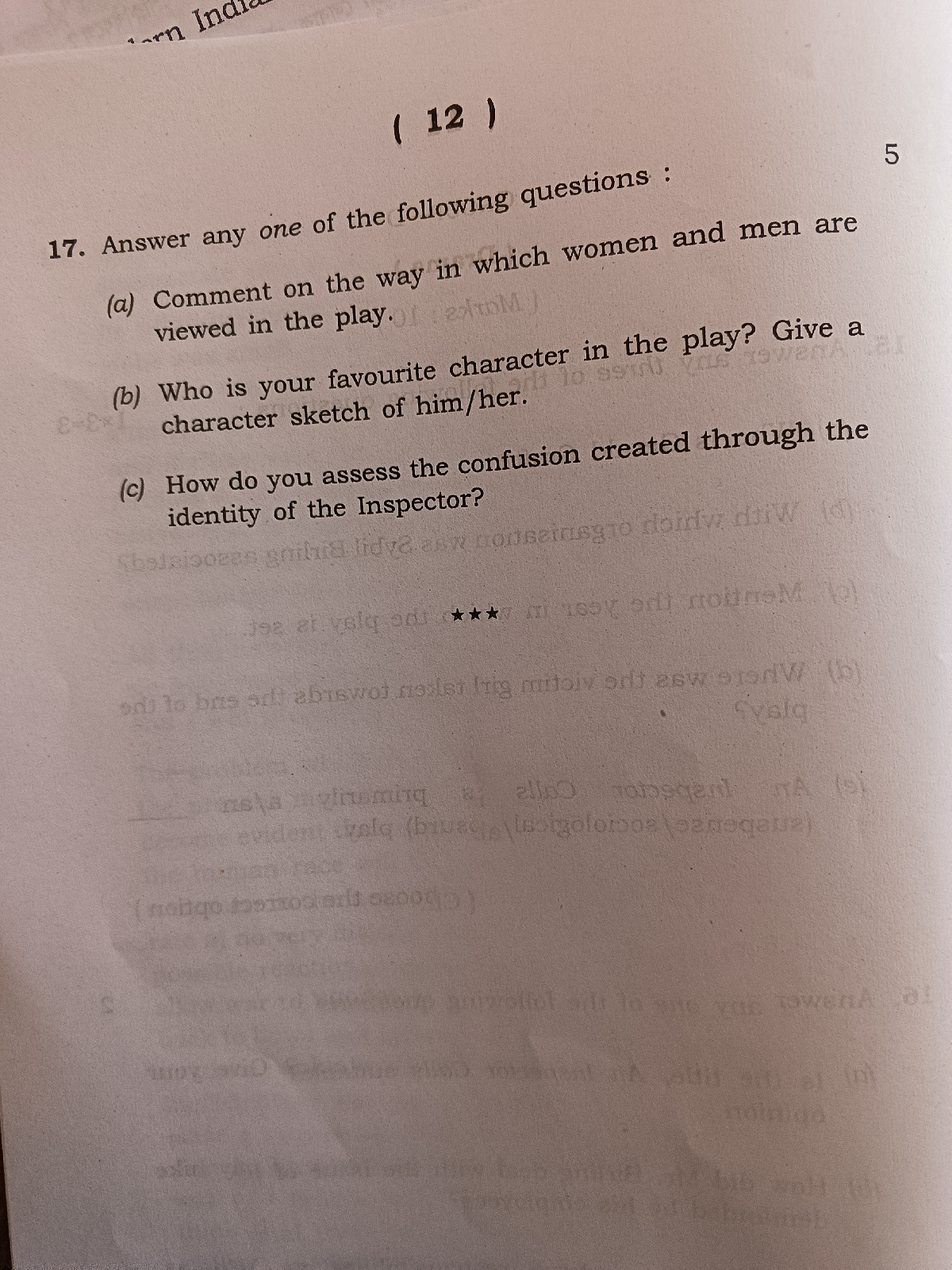265. AEC 151:III:5- Miscommunication (1)
1. Definition A:- Miscommunication is a common challenge in speaking skills, occurring when the intended message is not accurately conveyed or understood by the listener. Various factors can contribute to miscommunication, ranging from linguistic barriers to cultural differences and interpersonal dynamics. Recognizing and addressing these factors is essential for improving communication effectiveness and minimizing misunderstandings. One major cause of miscommunication is language proficiency and fluency. Individuals may struggle to express themselves clearly or comprehend others' messages due to limited vocabulary, grammar errors, or pronunciation difficulties. This can lead to confusion, ambiguity, and misinterpretation of meaning, particularly in cross-cultural or multilingual contexts. Cultural differences also play a significant role in miscommunication. Cultural norms, values, and communication styles vary widely across different societies, influencing how individuals expres...
